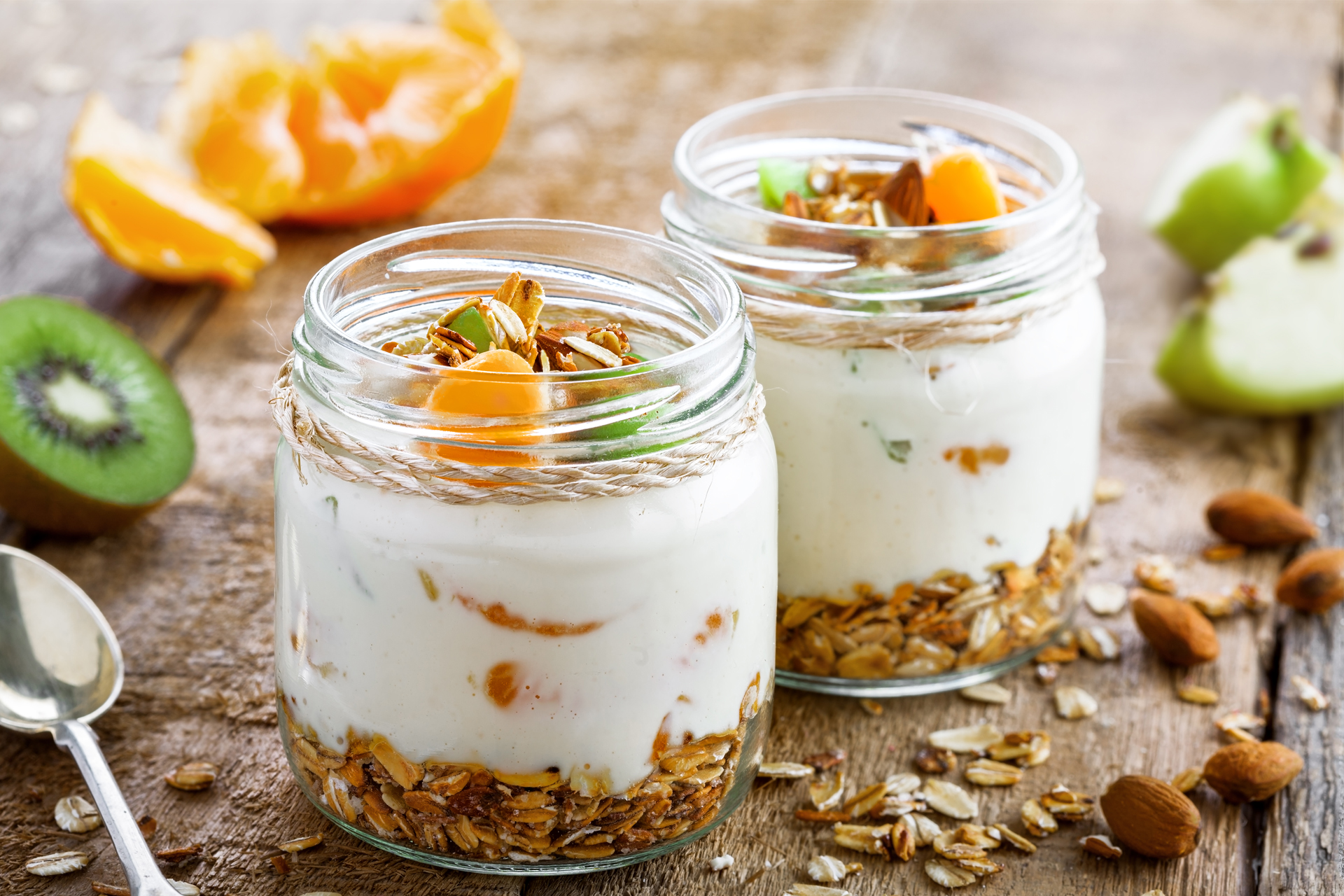Today’s shoppers place an increasingly high value on the role that food plays in their lives, with younger shoppers—namely Millennials and Gen Z—believing the saying “Let food be thy medicine.” Many consumers who are focusing on their personal wellbeing are also concerned with the health of the planet. This is where plant-based alternatives to livestock-derived foods enter the diet, in particular, those recognized as being made with superfoods.
Nuts, such as almonds, and foods made with nuts, fall into the superfood space, according to the annual Today’s Dietitian “What’s Trending in Nutrition” survey of 564 Registered Dietitian Nutritionists (RDNs). So do fermented foods, everything from yogurt to kimchi to kombucha.
RDNs predict the top purchase drivers in 2024 will be foods and beverages that are affordable and value-based (65%), boost gut health (60.4%), are easily accessible and convenient (59.8%) and support immunity (52.6%). Single-serve cups of dairy-based yogurt speak to all of these drivers. For those who must avoid dairy, or choose to reduce dairy intake, plant-based yogurts can be carefully crafted to simulate their taste and nutrition profile.
Offering plant-based options is a smart thing for brands to do, as plant-based eating continues to rise in popularity, with RDNs rating it as the second most popular diet trend after intermittent fasting. However, despite the popularity of plant-based diets, RDNs noted that consumers are unaware of how much protein is required in their diet and unsure about which plant-based foods contain protein.
Protein content is where many early generations of plant-based yogurts fell short. That is changing.
“The plant-based dairy space is growing in popularity as a result of new and improved ingredient technologies,” said CJ McClellan, senior manager of strategic marketing for Blue Diamond Global Ingredients. “Almond ingredients are a great solution to creating successful non-dairy applications that meet consumer demands and have the functional benefits food manufacturers want. They work especially well in plant-based yogurt and are fueling growth in this sector.”
The global plant-based yogurt market was valued at $4.5 billion in 2023 by Future Market Insights Inc. Forecasts suggest a consistent upward trend as consumers have become informed that plant-based alternatives can deliver the same or even more minerals and protein than dairy products. Therefore, the market is on track to surpass $15.4 billion by 2033, with a projected compound annual growth rate of 13.1%.
“The expanded shelf space for plant-based alternatives in supermarkets and increased media coverage of new releases have significantly bolstered the accessibility of plant-based yogurt options in mainstream supermarkets and health food stores, driving greater consumer adoption,” according to the report.
Data from Circana shows that refrigerated dairy is the largest aisle at retail in terms of dollar sales, with plant-based dairy alternatives representing 4.6% of total dairy aisle sales. Over the years, plant-based dairy has witnessed strong growth, yet experienced a 0.5% decline in dollar sales in 2023. Still, plant-based growth from 2019 to 2023 was 10.3% vs. growth of total dairy of 6.9% during the same period. Plant-based milk is the leader, followed by cream/creamers. Yogurt is in third place with dollar sales of $291.8 million in 2023.
“With the correct ingredient system, plant-based yogurt has the potential for significant growth,” said McClellan. “Almond butter and almond protein together provide a tasty, nutritious base that mimics the functionality of dairy milk. This clean-label system may be cultured in a manner similar to dairy milk for a fermented food that resembles dairy yogurt and appeals to consumers looking to reduce or eliminate their intake of dairy products.”
Together, these almond ingredients can function similar to conventional dairy proteins. The added bonus, they do not contribute the off-odors and flavors typically found in other clean-label, plant-based ingredients.
“Almond butter contributes a clean mouthfeel similar to conventional yogurt, while almond protein adds a white color, neutral flavor, without a gritty mouthfeel,” said McClellan. “While almond butter and almond protein each alone have their advantages, including both almond ingredients in a non-dairy yogurt combines their advantages into highly well-balanced yogurt product.”


